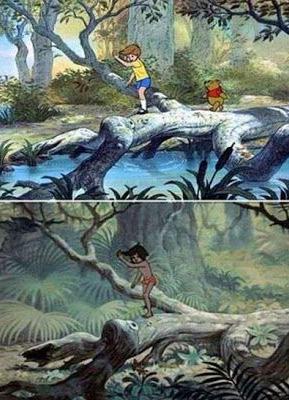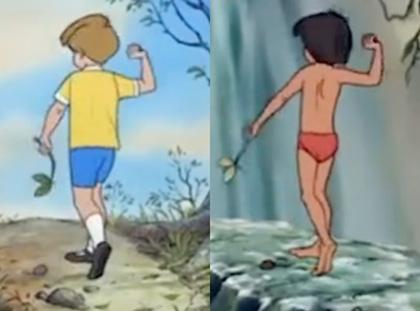
2 minute read
Diversity in the Disney films
Historically, there are a number of spheres in which Disney Princess films (and broader Disney films) have lacked diversity, including the similarity of the essence of the plot and the physical presentation of characters via the animation.
The fundamental points in the storylines of the original Princess films were unfailingly identical, each one beginning with “once upon a time” – princess meets prince and falls in love at first sight – and then ending with the welcomed and familiar “and they lived happily ever after”. Because the Princess films were based on pre-existing fairy tales/folktales, one might think that the plotlines were determined by the original story, rather than by Disney; however, many of Disney’s animated films were greatly changed from the original story to maintain the ‘Disney magic’ that they became known for. By removing the less palatable elements of the original stories, Disney’s adaptations ensured that the plot conformed to the positivity of ‘making everyone’s dreams come true’, which are to this day reflected in their company values of: “optimism”, “innovation”, “decency”, “quality”, “community”, and “storytelling” (Cotter).
Advertisement
In more recent times the storylines for the Disney Princess films have become less formulaic, perhaps because the future of the brand is secure, and they can now afford to take the risk of a film being unsuccessful. For example, Disney’s 2012 film Brave is an original story, not a retelling of a classic fairy tale or folktale; the 2013 film Frozen, ends with the Queen being saved, not by a man but rather, by the love of her sister, another first for the Disney Princess films.
Also important when considering the development of the diversity of work produced by Disney Studios are the technological advances since 1923. Walt’s original animation team was made up of only nine men, working around the clock drawing each frame by hand (Widmar). Twelve to twenty-four drawings were needed per second for usable footage with believable movement (Widmar). This tedious and laborious process of making an animation led to the Walt Disney team reusing the same templates for various films to save time and money. This is perhaps a reason why there was such a lack of diversity in the characters’ appearance in their earlier films. The images above (fig.2, 3 and 4) show this with side-by-side comparisons of stills from the films: The Jungle Book alongside Winnie the Pooh; and Robin Hood alongside Snow White. There is an uncanny resemblance in pose. Despite animation still being a slow and expensive process today, the scope of what animators can now do with CGI and special effects is limitless, especially alongside the handsome budget that Disney can now allow for. Understandably there is therefore less sympathy in the present day for any lack of diversity in their films because Disney now has the time, money and technology to be able to create more diverse characters. However, whilst overlapping character poses in animations no longer feature, it is questionable whether they have achieved diversity in some other respects of characterisation, as will be considered further in later parts of this essay.












